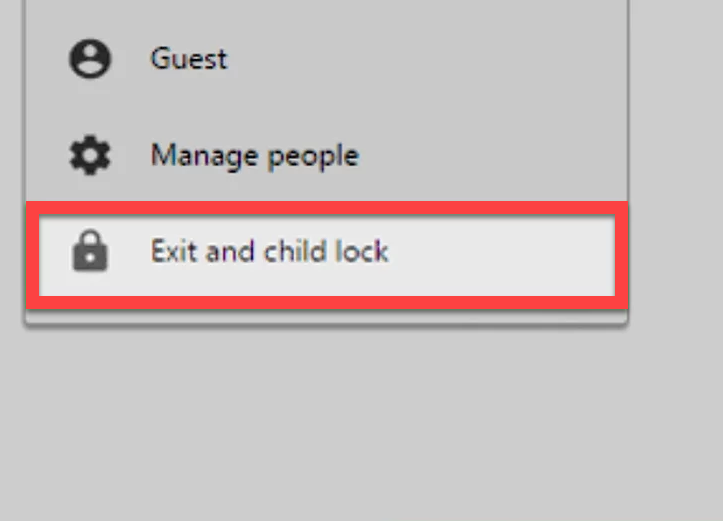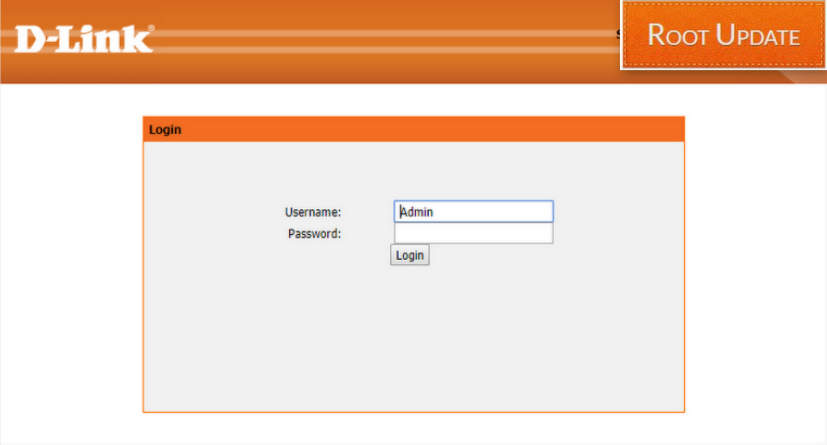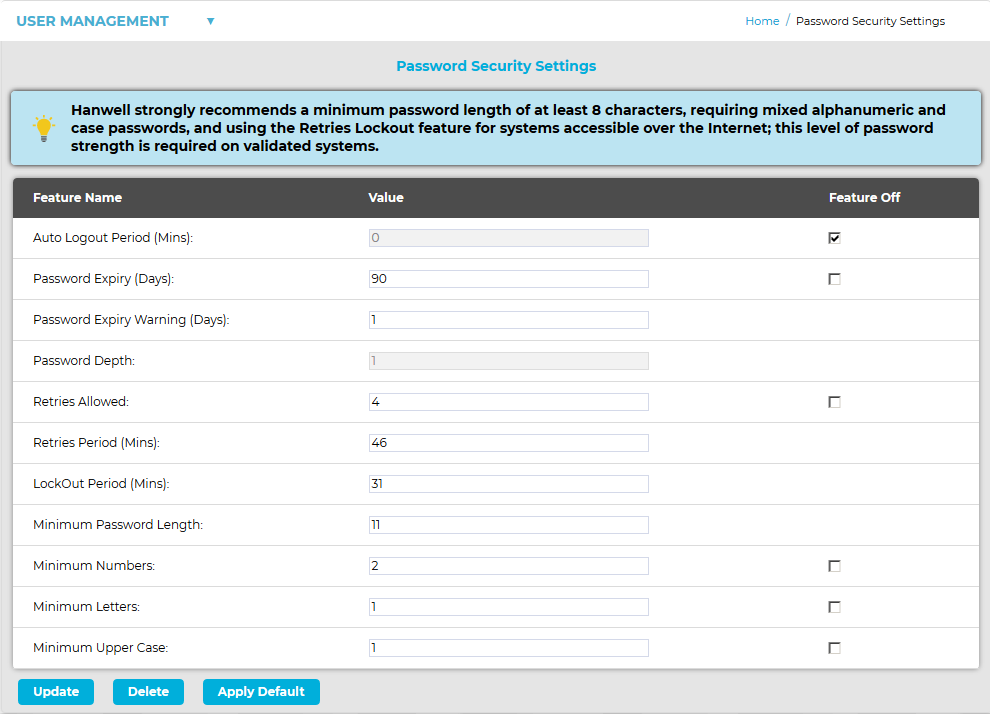
In the future, when you log in to the website you won't be prompted to save the username and password.
Settings passwords password#
The next time you visit the website, Firefox will automatically enter your username and password for you. To have Firefox remember your username and password, click on Save.If Firefox does not prompt you to save passwords, see the article Usernames and passwords are not saved.

To bring it back, just click the key icon on the left side of the address bar. Using this method, you would plug a removable drive into a workstation when you want to perform a deployment or interact with a remote server.įor complete example please go through the procedure put down at the Apache Maven Documentation.Tip: Clicking outside of the Save prompt will hide it. An enterprising attacker could still capture the password using a network analysis tool.įor an extra level of security, you can store the encrypted master password on a removable storage device like a USB hard drive. Keep in mind that this feature does not provide encryption of the password while it is being sent to the remote server. It allows you to avoid storing your plain text passwords in ~/.m2/settings.xml and providing you with the peace of mind that your critical passwords are not being stored in unprotected manner in a Maven Settings file. Maven will then send the decrypted password to the server. When you run a Maven build that needs to interact with the repository manager, Maven will retrieve the Master password from the ~/.m2/settings-security.xml file and use this master password to decrypt the password stored in your ~/.m2/settings.xml file. is the encrypted password you have generated in previous step.

Copy this encrypted password and paste it into a ~/.m2/settings-security.xml file.įor example, your settings-security.xml file may look like similar to below: Maven prints out an encrypted copy of the password to standard output, i.e., command prompt. To configure encrypted passwords, create a master password by running mvn -encrypt-master-password followed by your choice of master password.įor example, you can execute the command into command prompt as: mvn -encrypt-master-password
Settings passwords software#
Once you start to use maven to deploy software to remote repositories and to interact with source control systems directly, you will start to put a number of passwords into maven ~/.m2/settings.xml file and without a mechanism for encrypting these passwords. So people may be disturbed by leaving unencrypted passwords in the ~/.m2/settings.xml file in a production system. These jar files or libraries are downloaded when they are included in the project’s pom.xml and when you run build on the project using maven tool.


Let’s say, when you as a user want to access the protected repository then you need to use your credentials (username/password) to access the repository for downloading required jar files. The maven’s configuration or setting file, settings.xml, which contains all the required configurations such as repository, server etc will be updated here. The user here is the person who is going to access the remote maven’s protected repository.
Settings passwords how to#
Here I will show you how to encrypt user passwords in maven’s ~/.m2/settings.xml file.


 0 kommentar(er)
0 kommentar(er)
